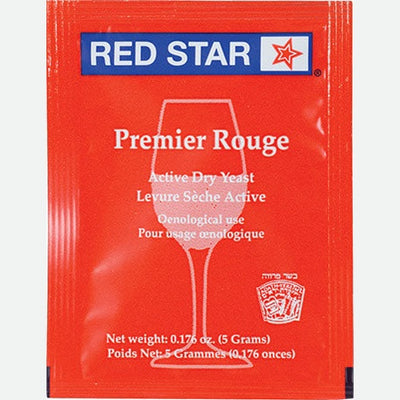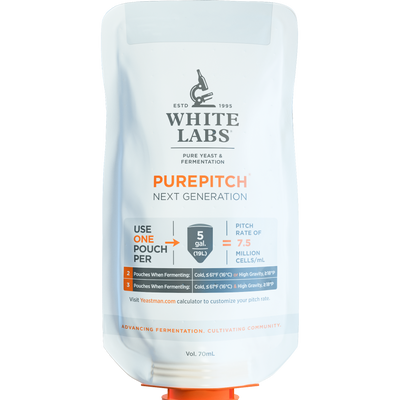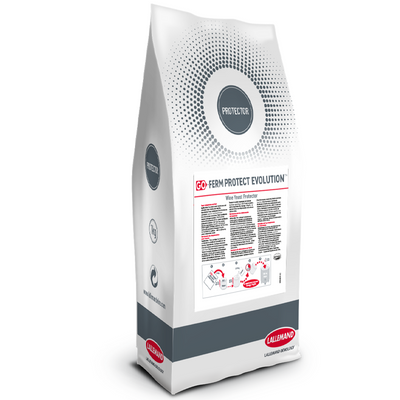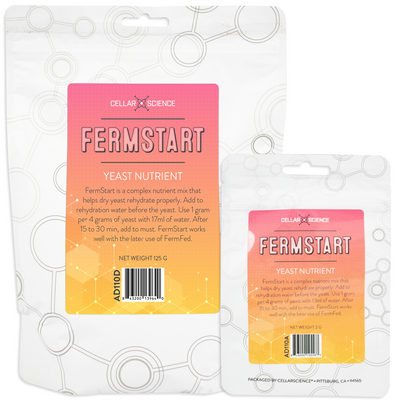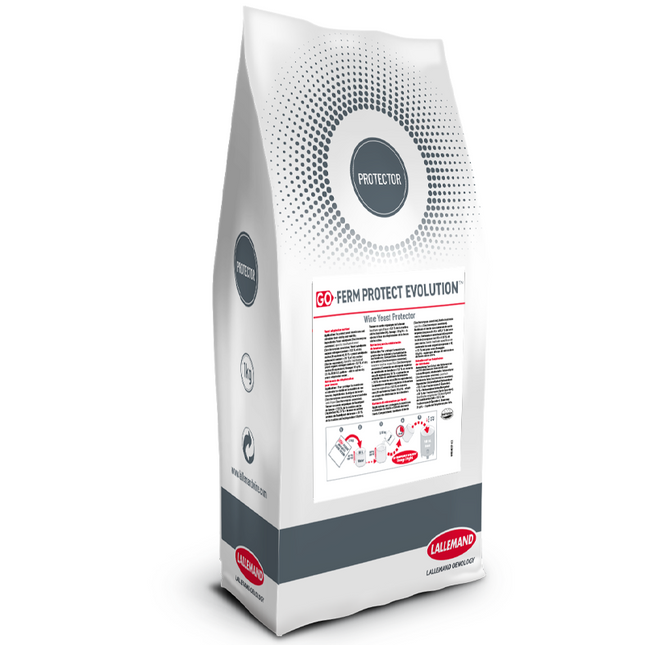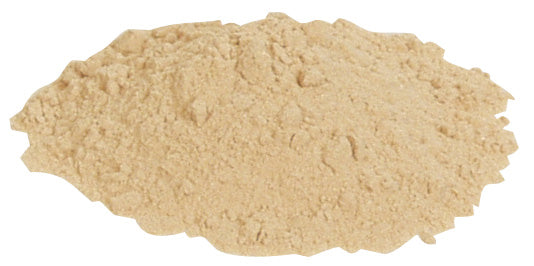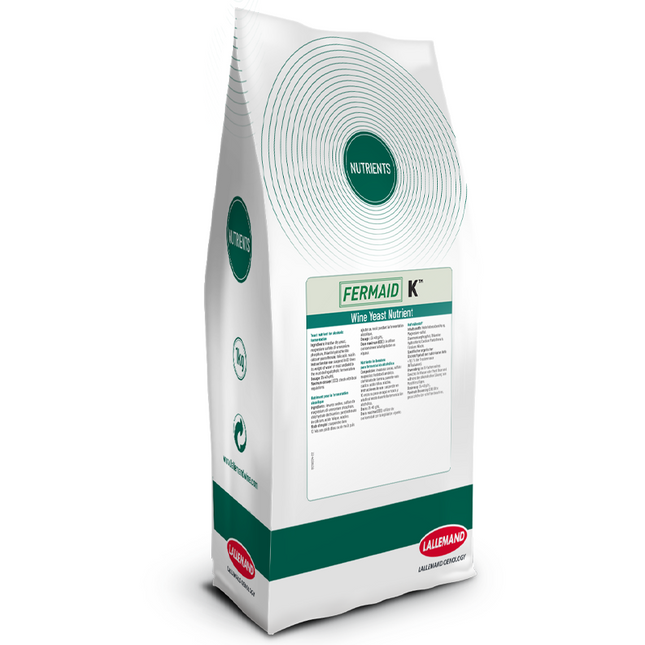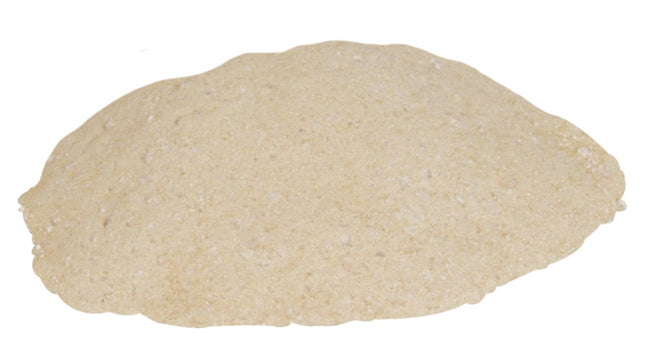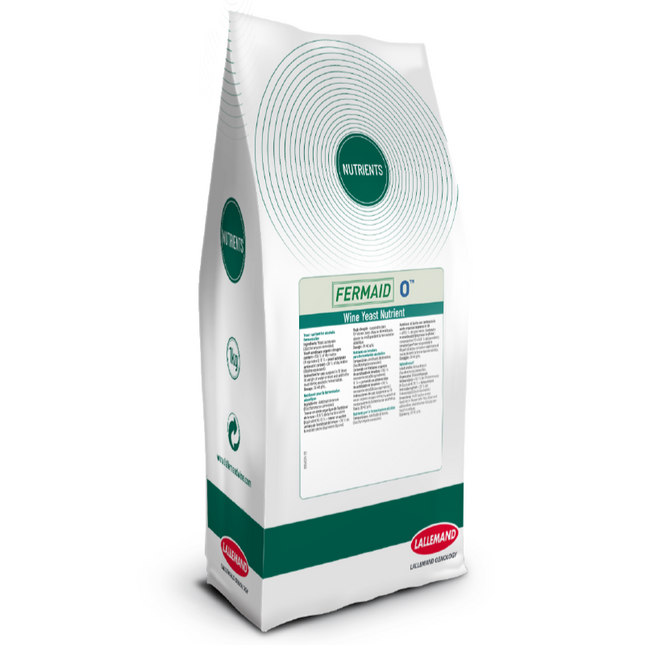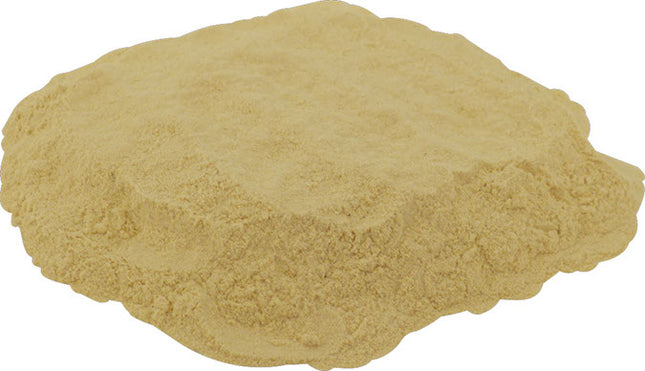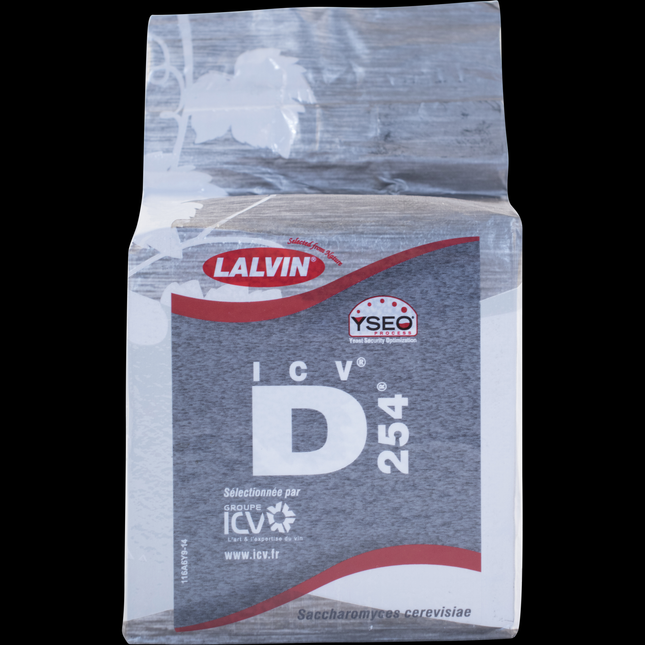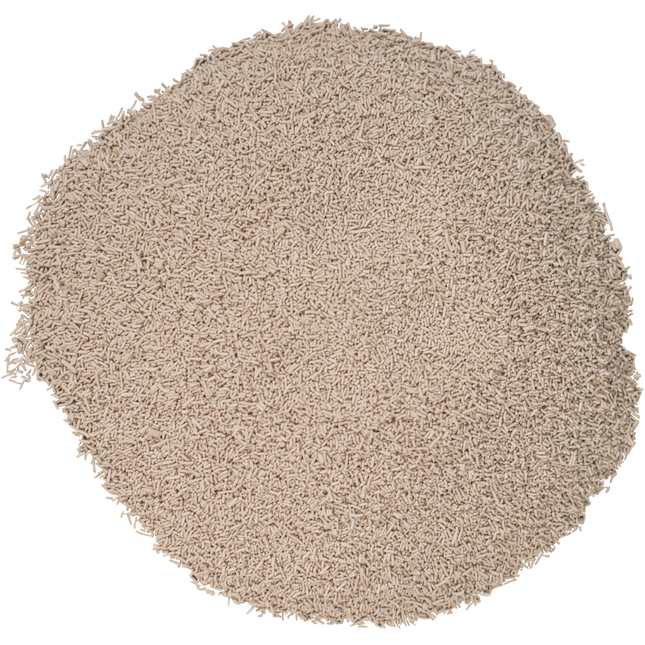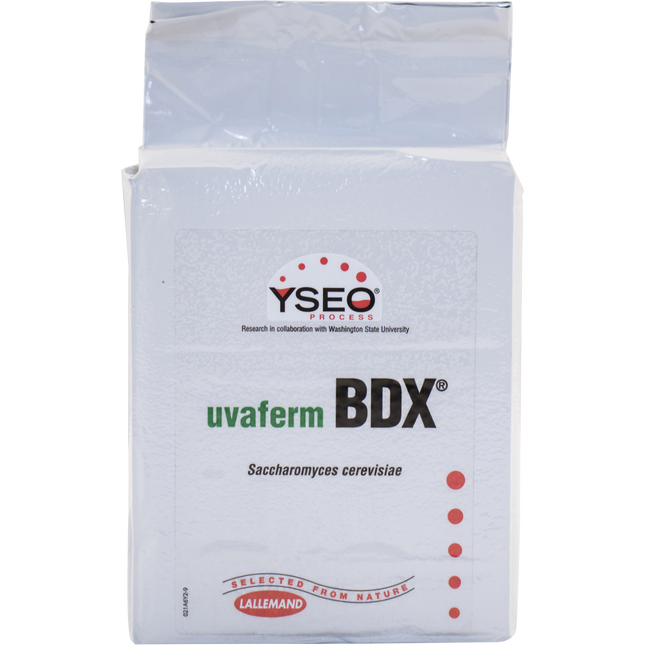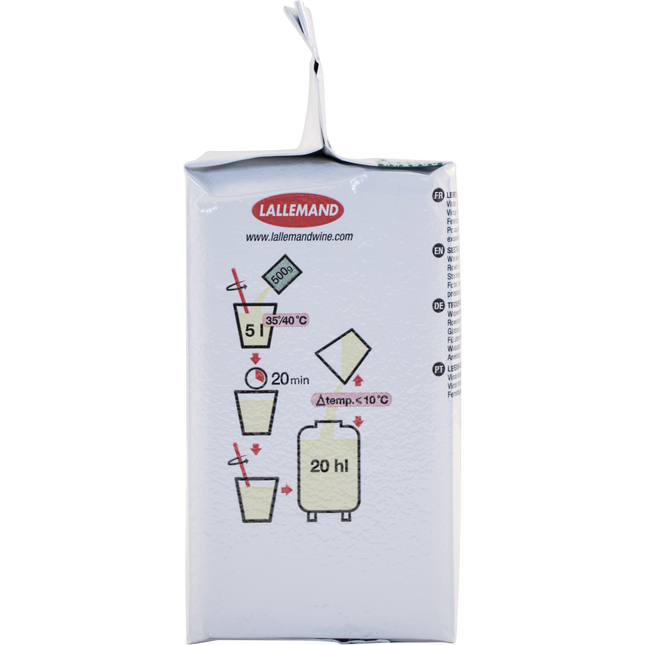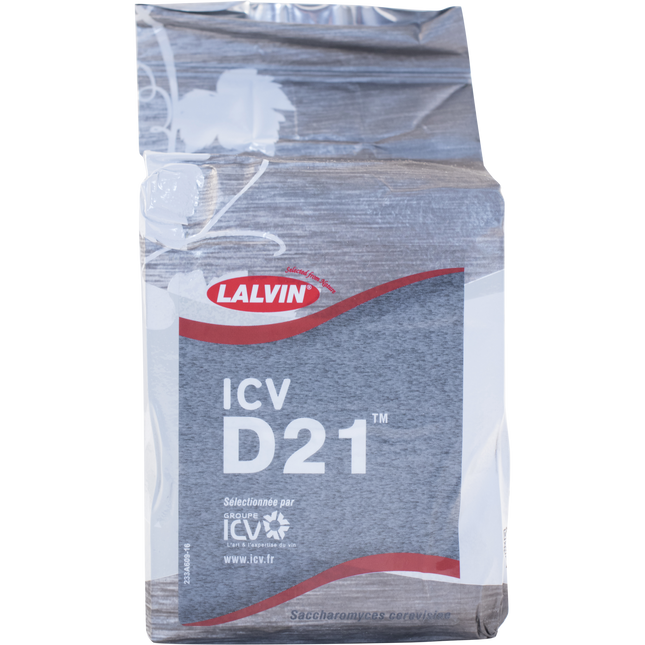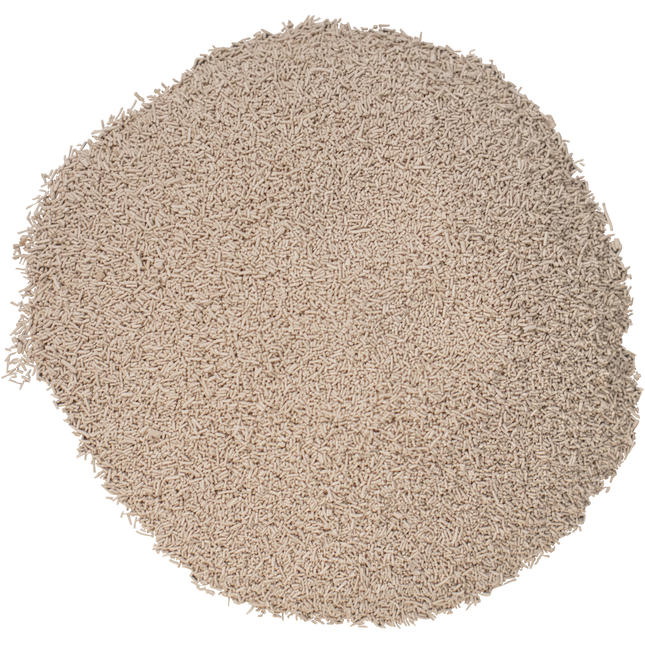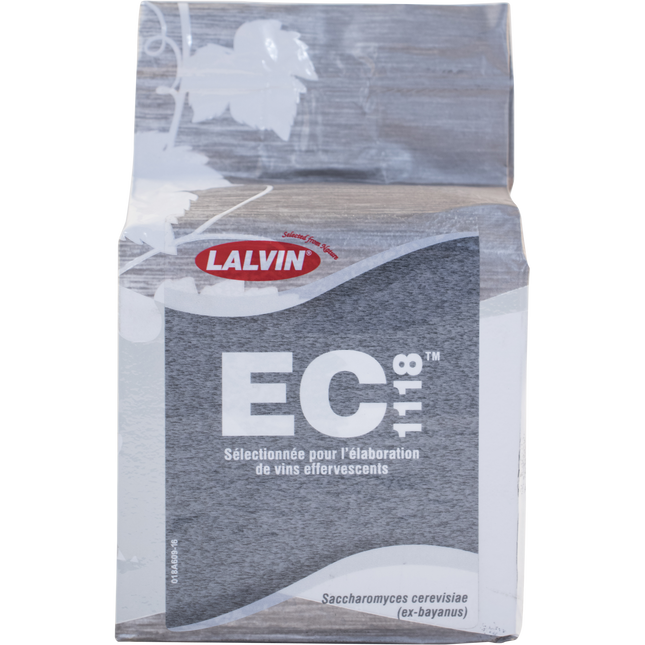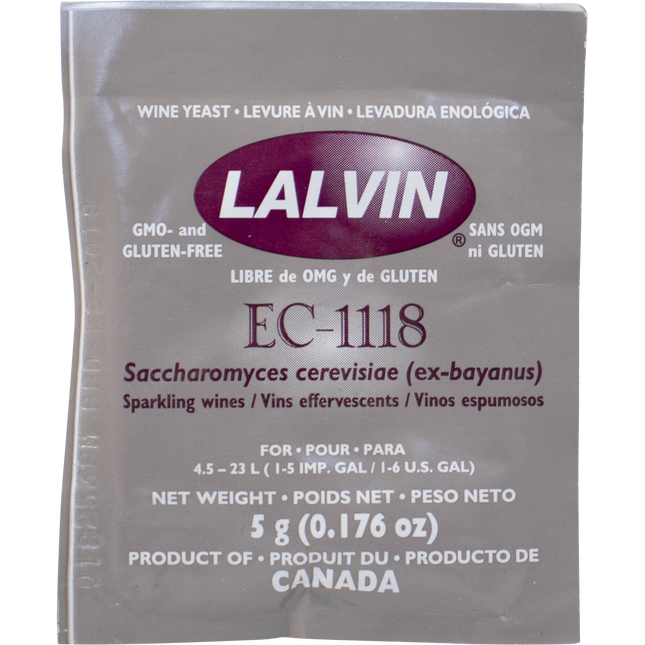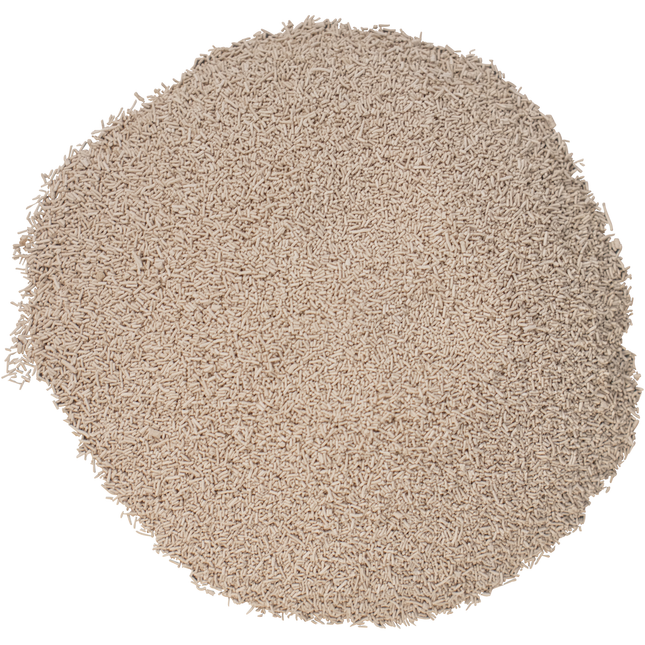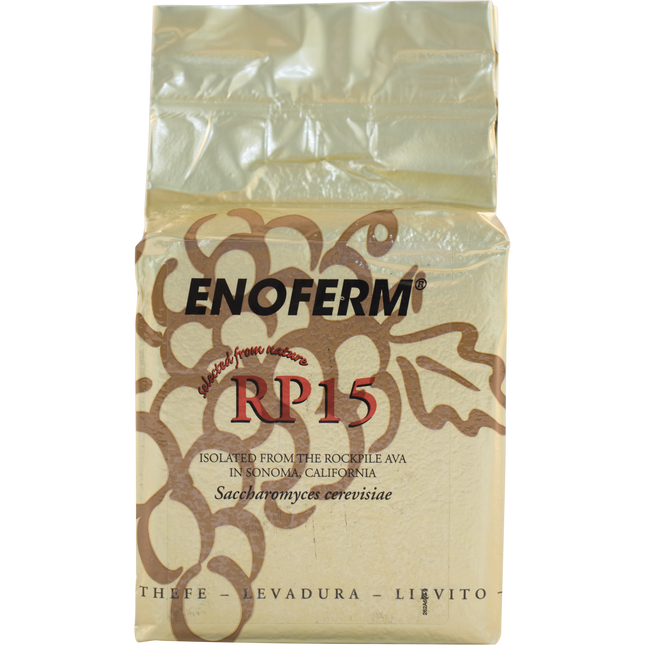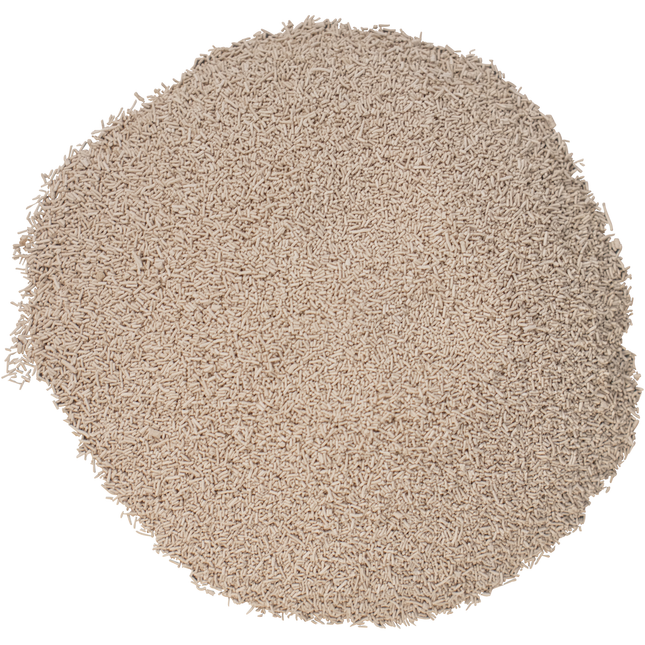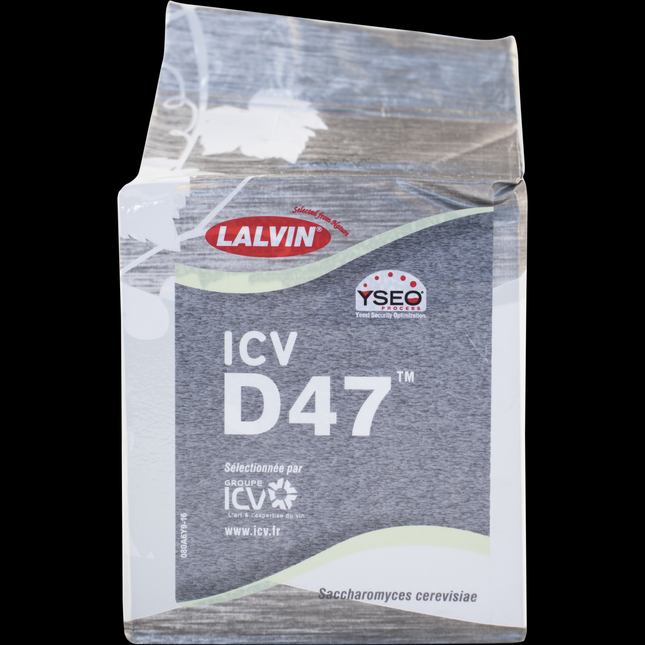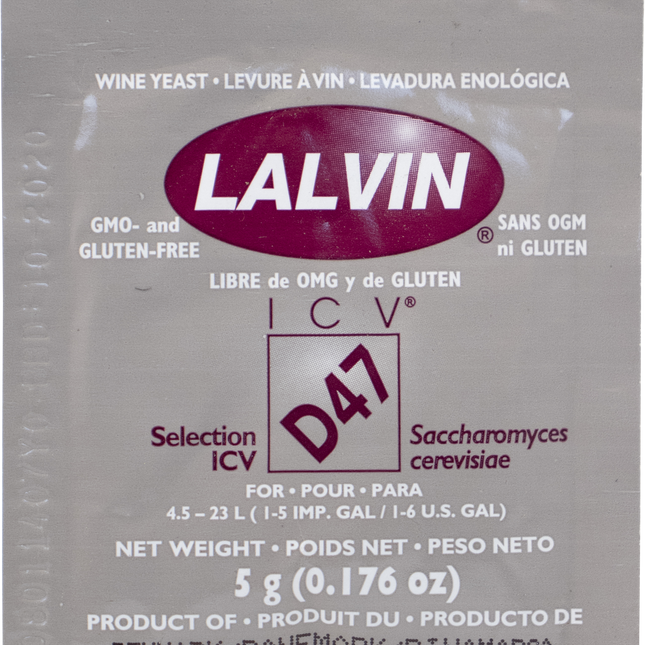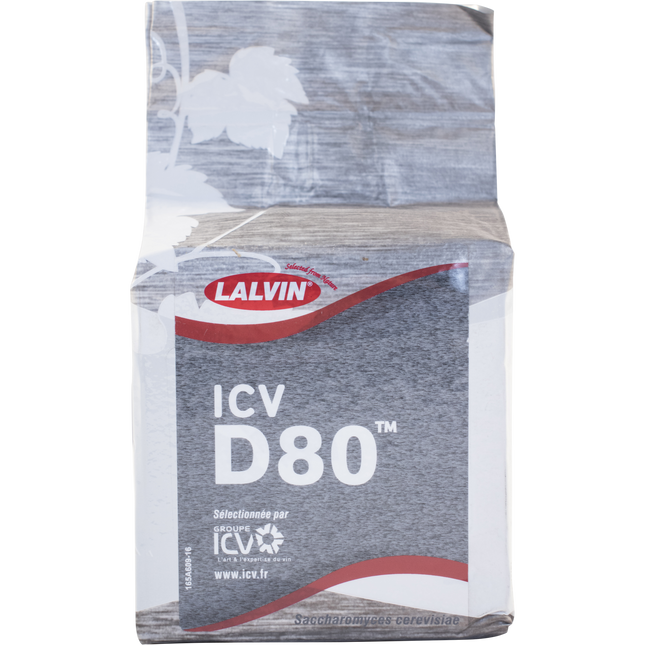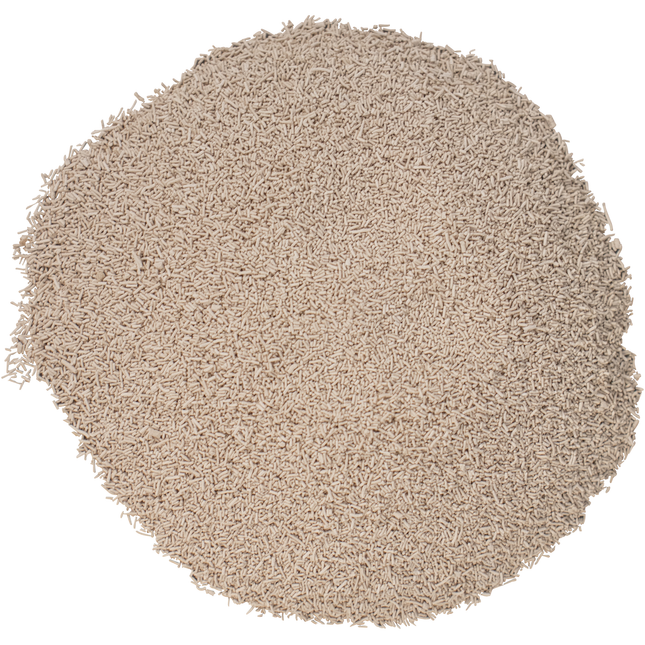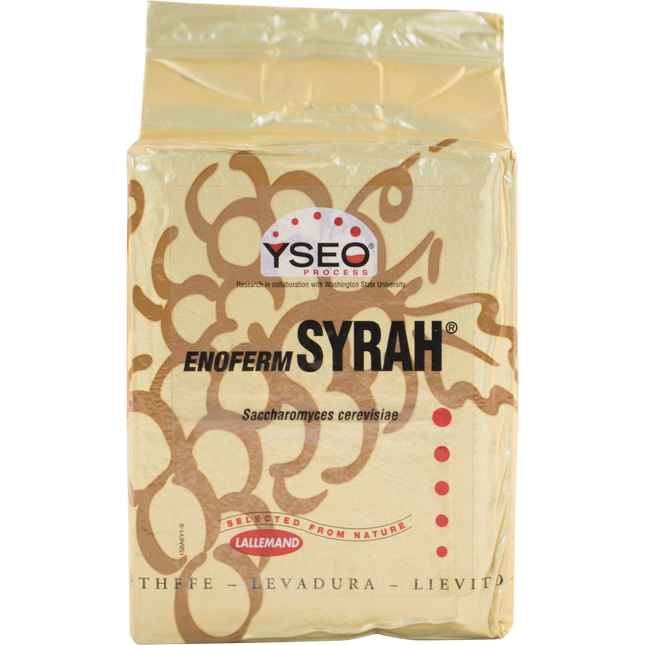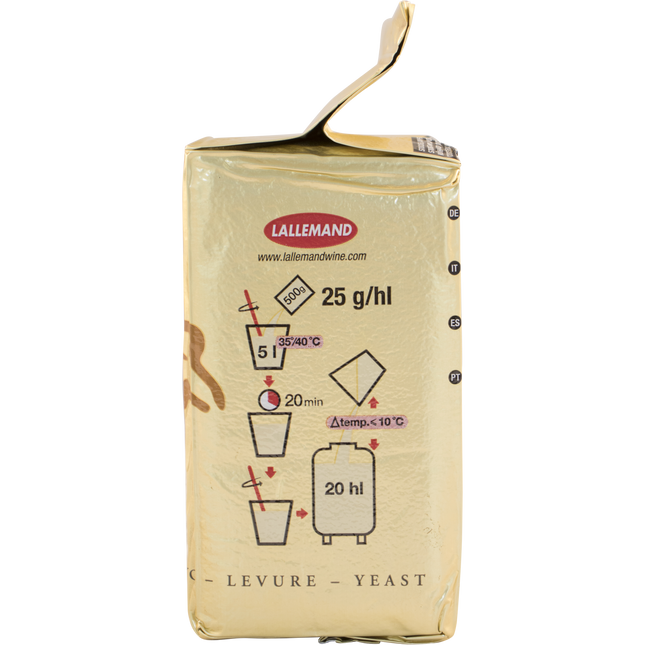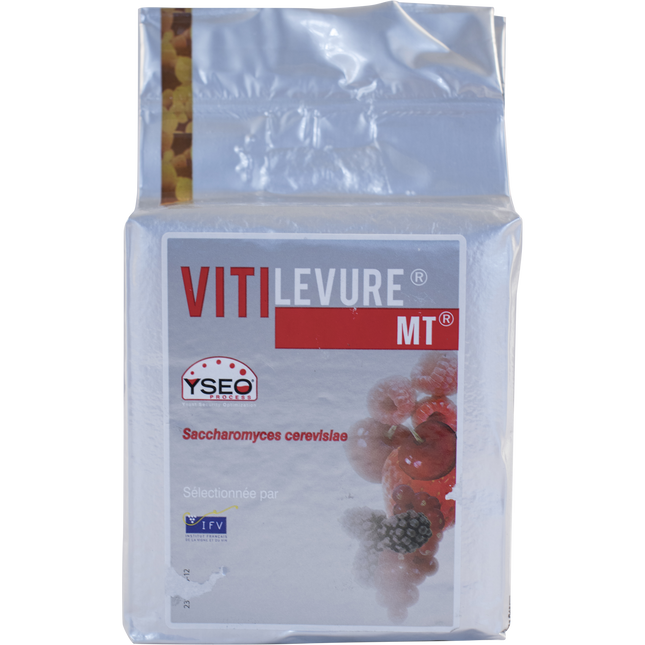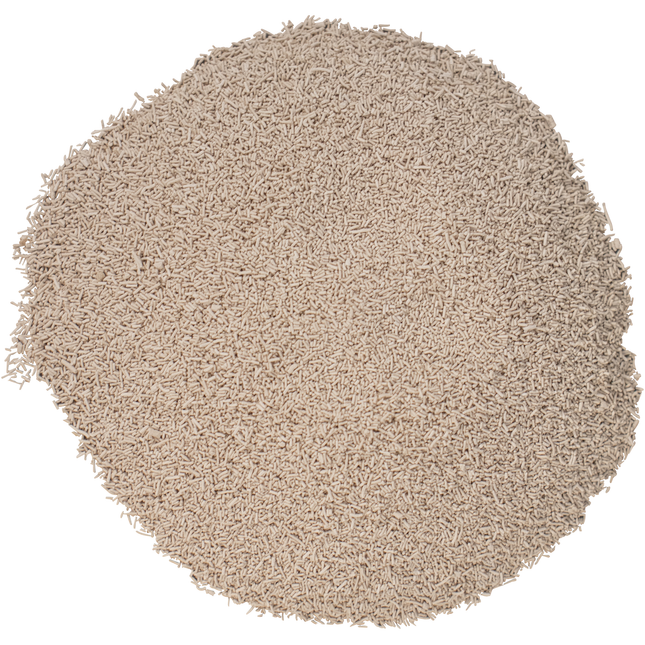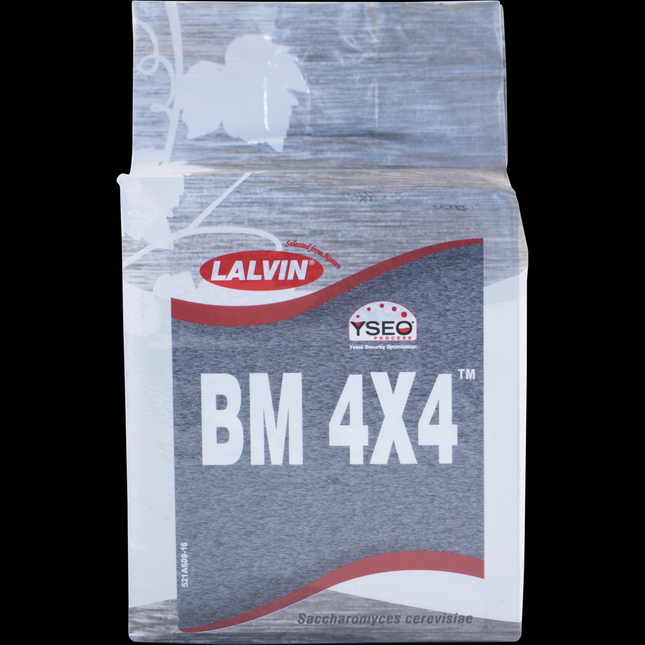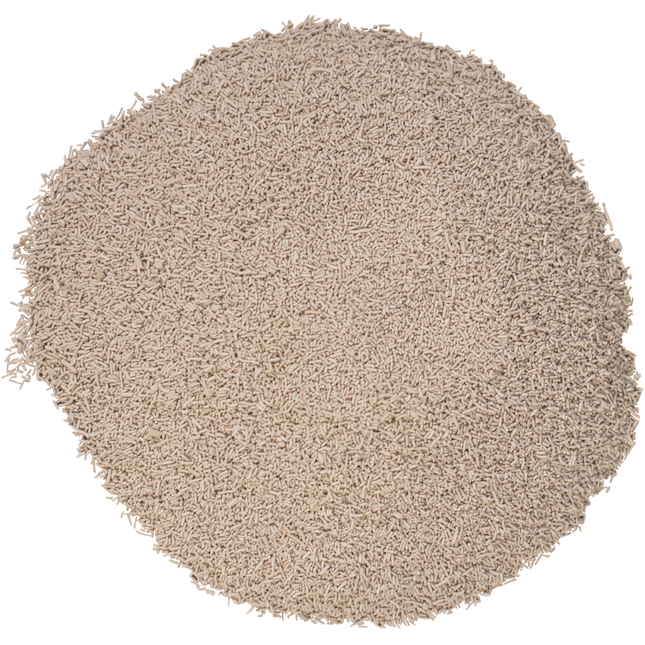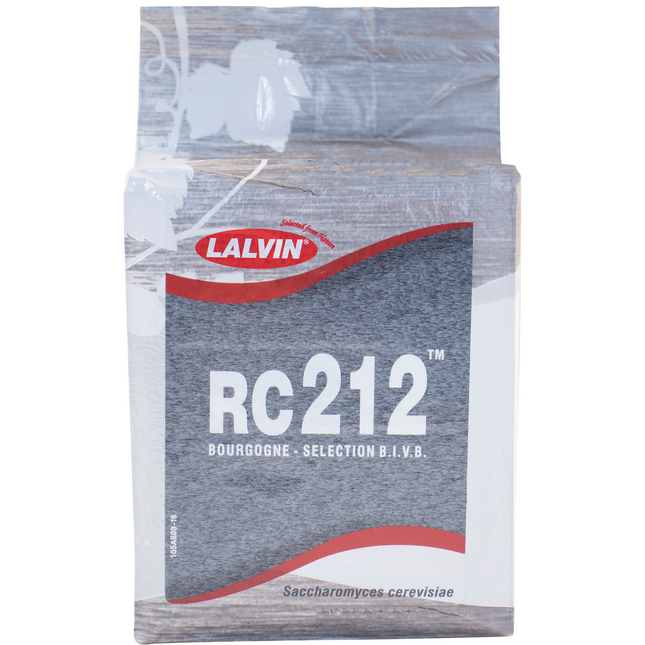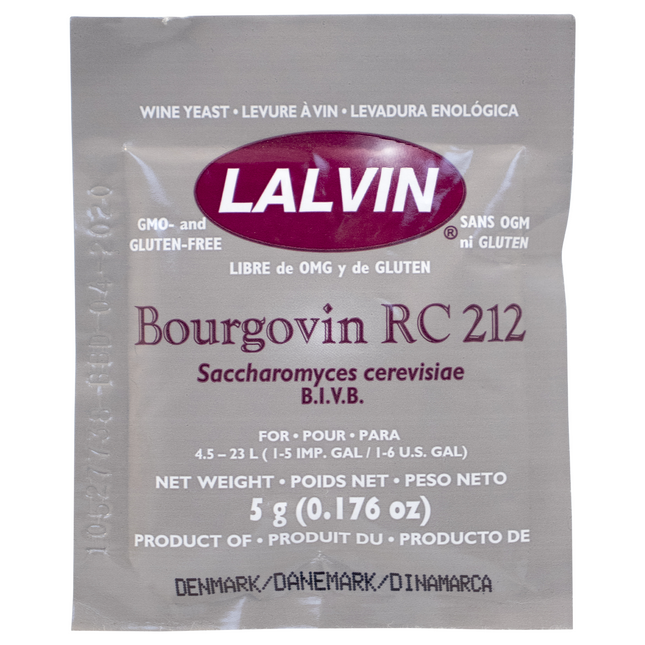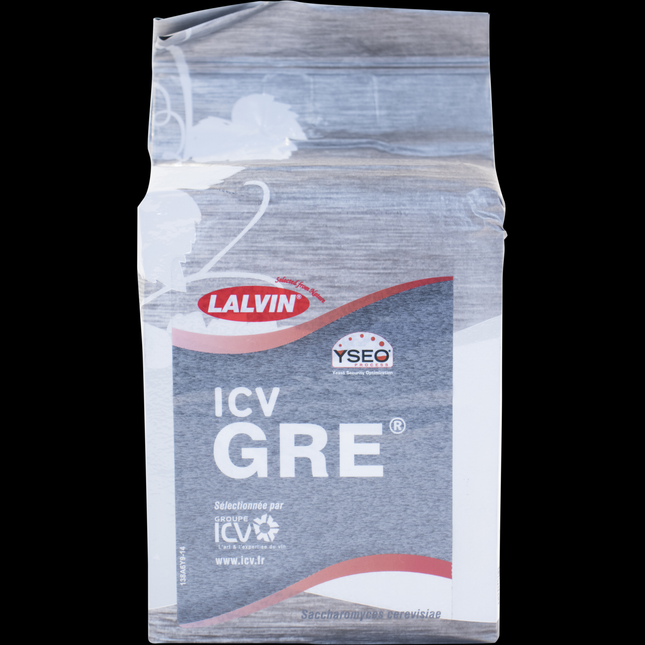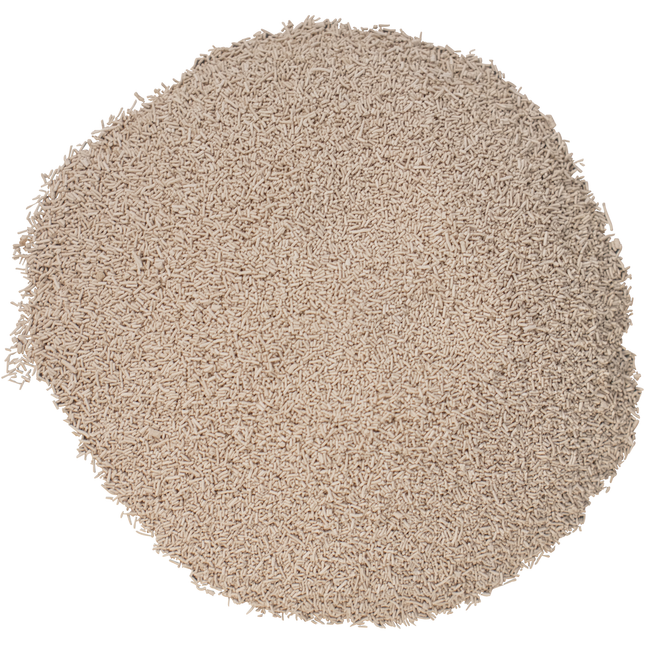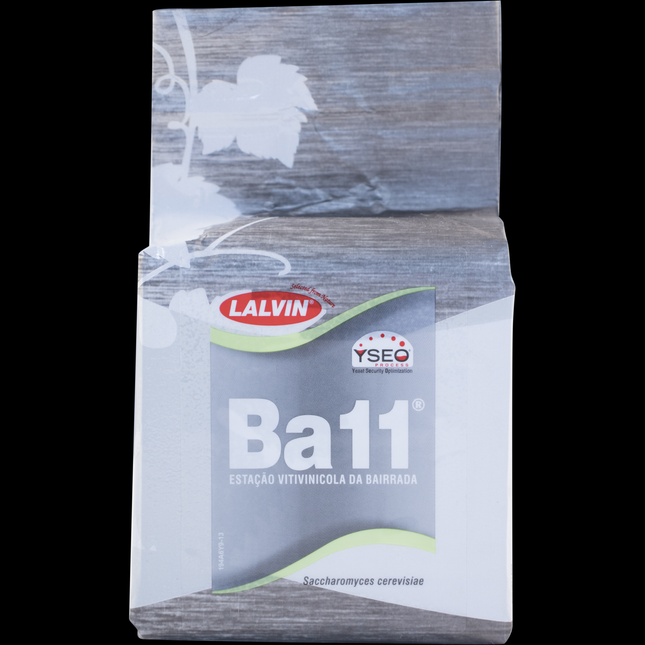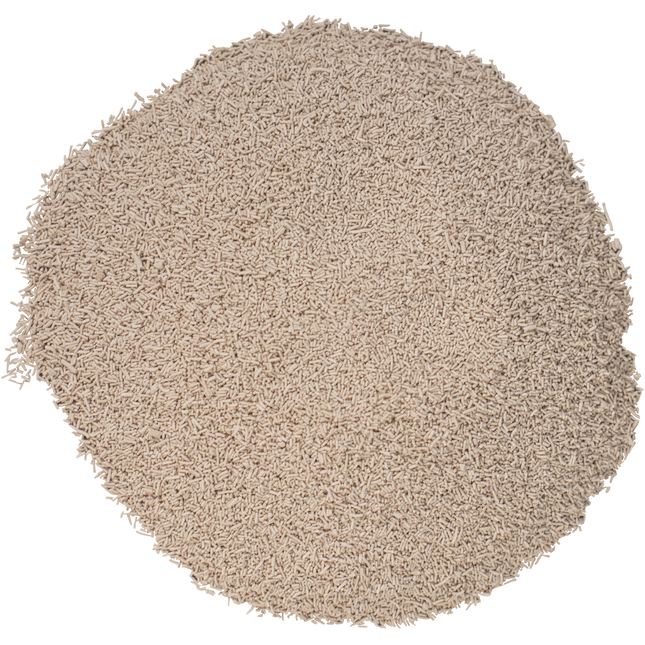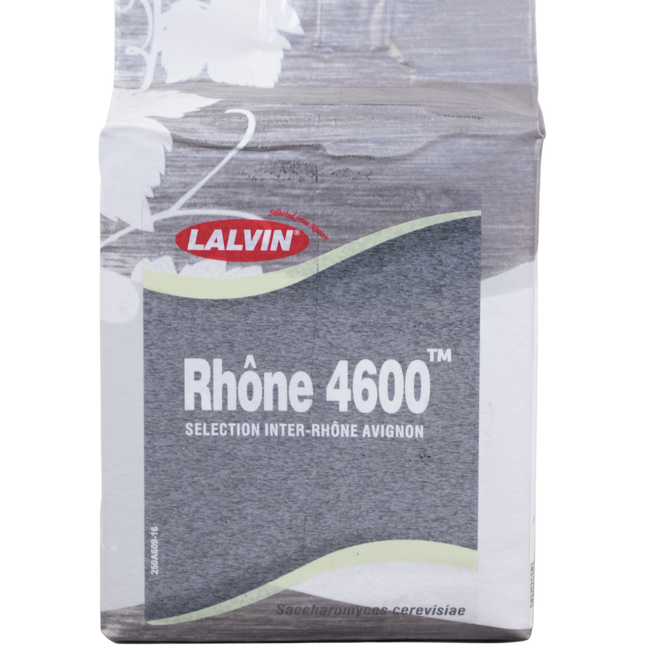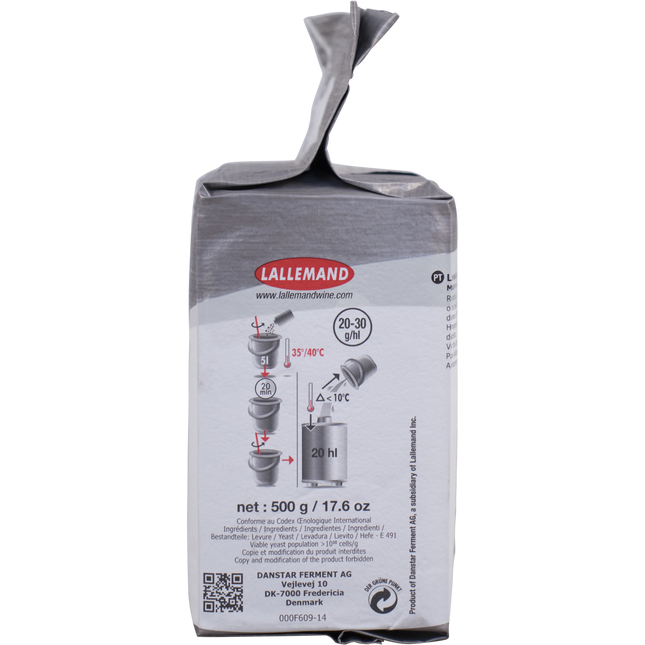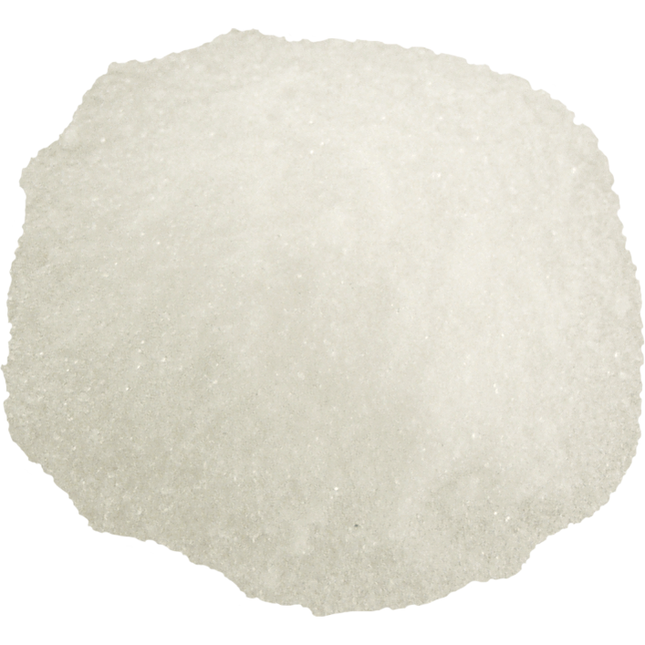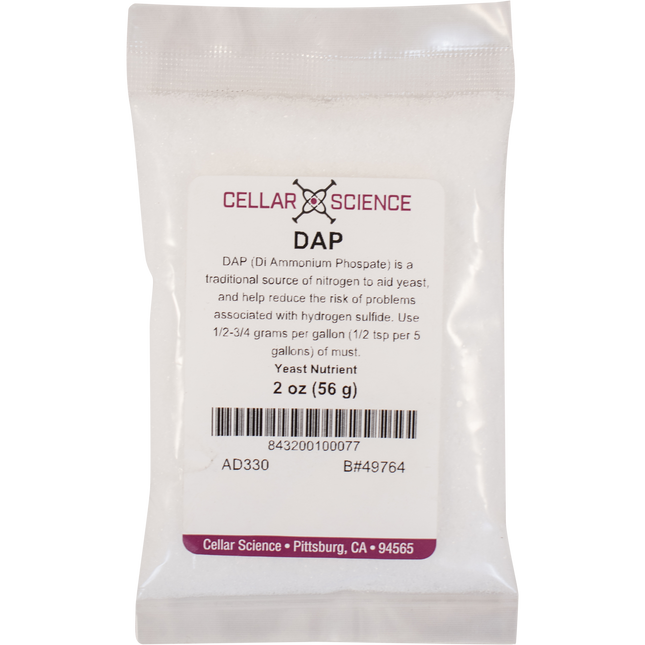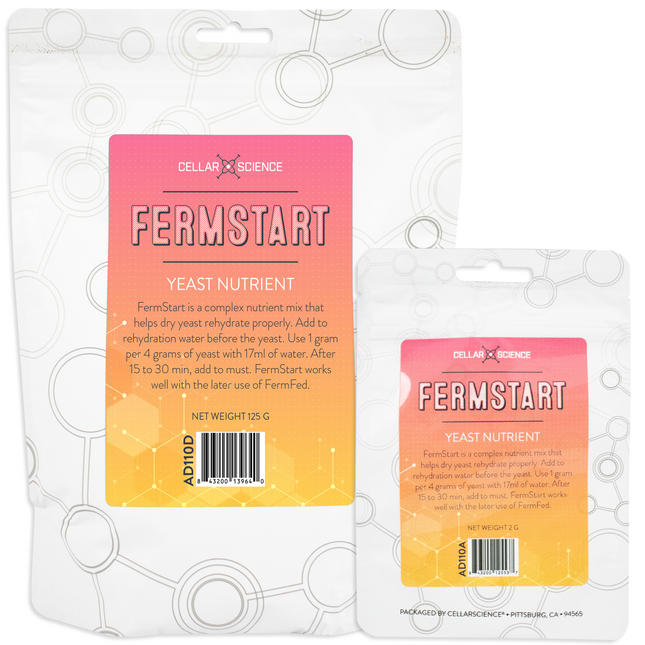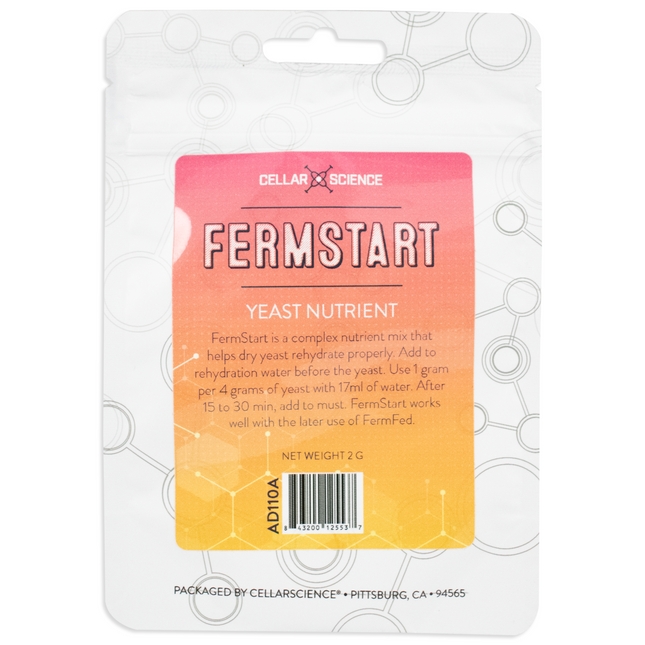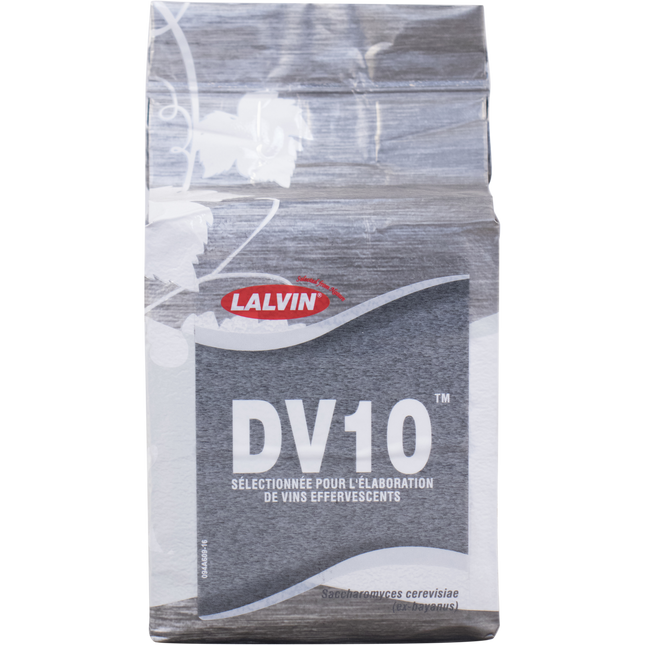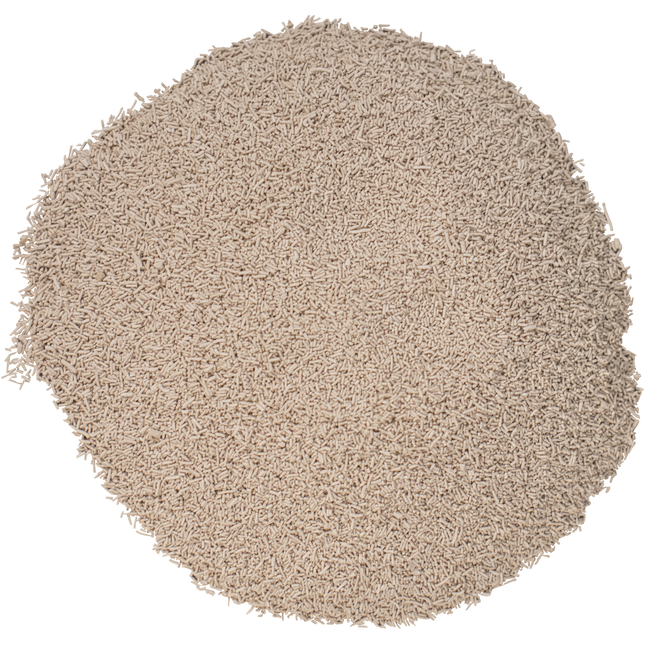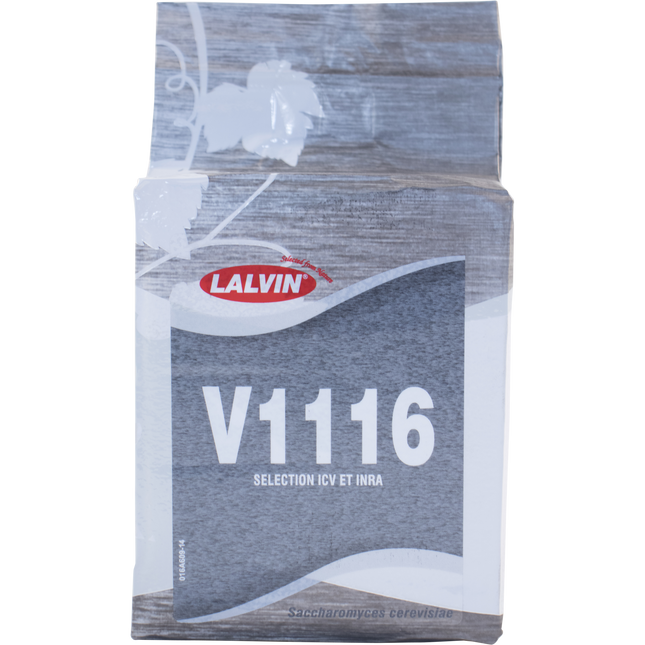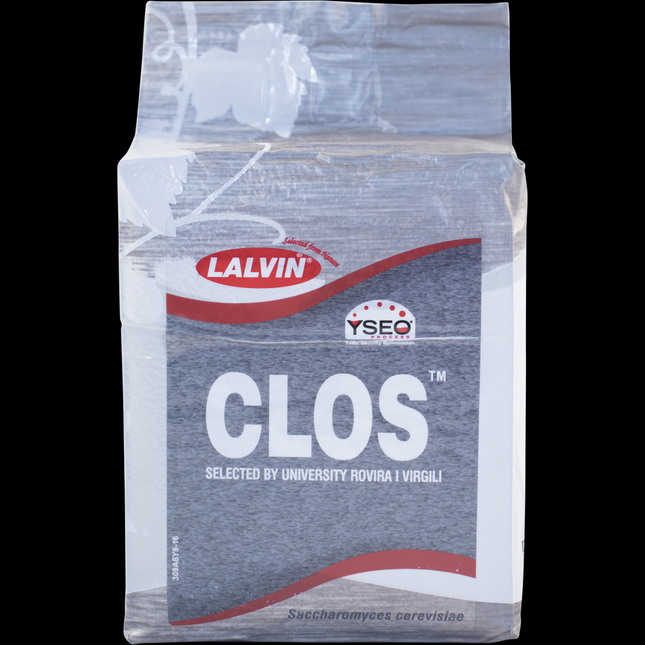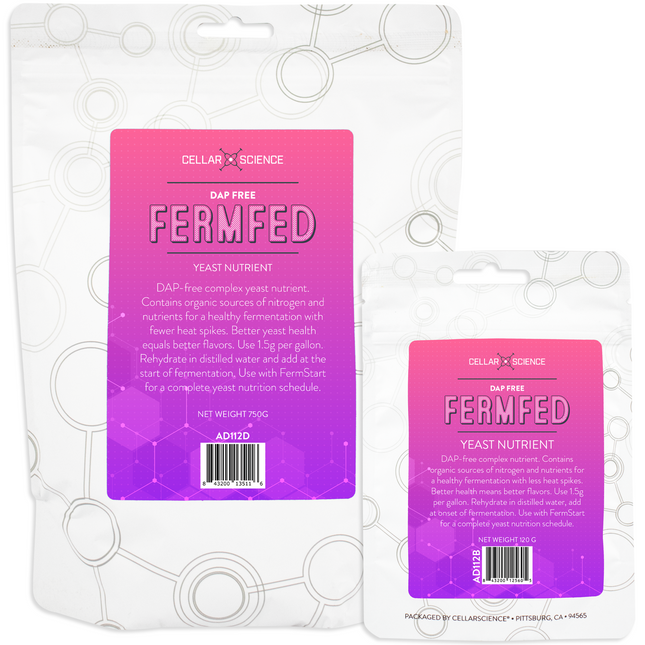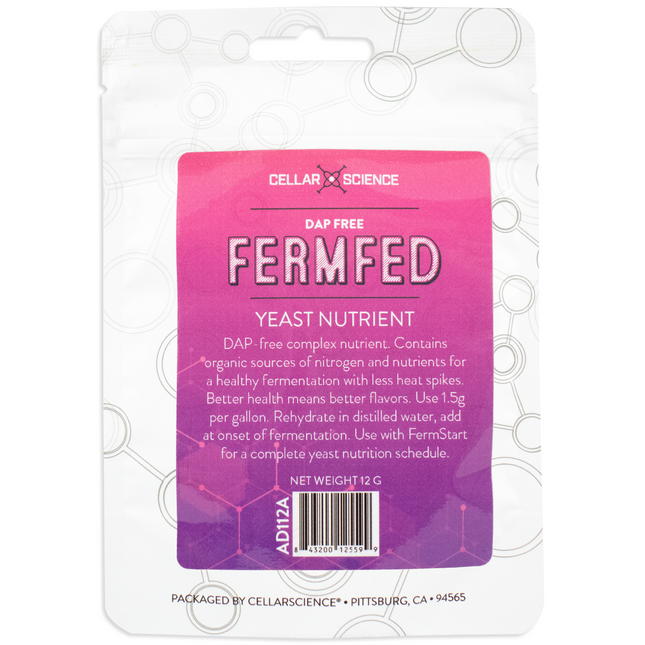Wine Yeast Inoculation Rates:
The recommended amount of wine yeast needed for a healthy wine fermentation is governed by two elements; 1) the initial ºBrix (starting sugar content) of the must, and 2) the factors of the fermentation itself:
1) Assuming that proper wine fermentation management will be followed to keep the wine yeast as stress free as possible (ex: nutrients will be used, temperature and pH will be within acceptable ranges for the chosen strain, etc.), it is recommended to adjust the yeast inoculation rates based on the initial ºBrix of the must:
- 24 ºBrix or below, 1 gram of wine yeast/gallon of must is recommended.
- 25 ºBrix or above, 1.25 grams of wine yeast/gallon of must is recommended
2) Even at “normal” sugar levels of 24 ºBrix and below, a lack of sufficient nutrients, uncontrolled temperature spikes, inhibitory factors from residual late-season vineyard treatments or even spoilage compounds from mould and rot in the fruit can each contribute to stressing the yeast population during fermentation. As a result, a smaller percentage of healthy wine yeast will actually make it to the end of the fermentation and the wine will be at a greater risk of becoming sluggish or even stopping fermentation before the sugars have been consumed. Therefore, if the winemaker knows that the yeast will be placed in a potentially stressful situation, even if the sugars are in the 24 ºBrix and below, then the initial dosage rate should be bumped-up to create a ‘safety in numbers’ kind of scenario (from 1 g/gal to 1.25/1.5 g/gal).
(Please note that this larger dosage rate does not take the place of proper fermentation management, it only compliments it by raising the numbers a little more in the winemaker’s favor. True, you may have more wine yeast now, but you will still have to feed and care for them to avoid the usual H2S problems! For optimum wine yeast health, we recommend following the protocols as laid out in our Wine Yeast Re-Hydration and Nutrient Regimen Manual!)
Which Wine Yeast is Best?:
Each wine yeast has its own personality and depending on your winemaking style and the specific grape varietal you are working with there may be more than one that would make a really nice wine! To help you narrow the field a little (from the 35+ strains we carry), MoreWine! has created our Yeast & Grape Pairing Manual. The guide lists the top recommended wine yeasts for each grape varietal and lists the specific attributes each yeast gives for that particular grape varietal.


